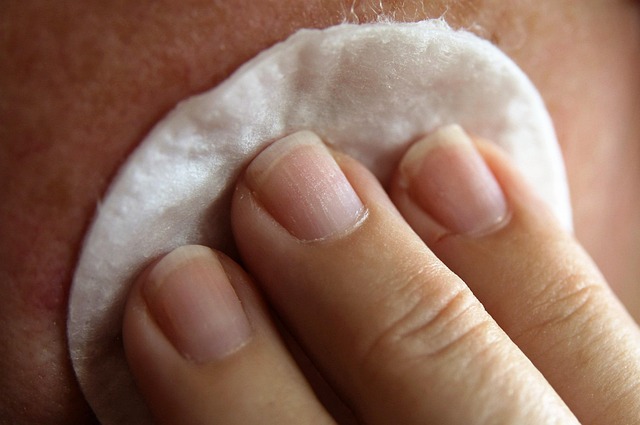Skin tags, caused by friction or irritation, are harmless but cosmetically bothersome growths treatable by a medical-grade dermatologist. They employ advanced techniques, sterile methods, and numbing agents for safe removal while adhering to strict safety standards. After a quick, relatively painless procedure, patients should expect mild post-treatment reactions and follow care instructions from their dermatologist for optimal healing. Regular check-ins ensure proper recovery and address any emerging issues. For effective skin tag removal, seek a dermatologist.
Looking to get rid of skin tags with professional, medical-grade care? This comprehensive guide explores everything you need to know about skin tags, from understanding their causes and common concerns to the crucial role a dermatologist plays in safe removal. Learn what to expect during and after treatment, ensuring optimal results and peace of mind. Discover expert tips for professional skincare and bid farewell to those unsightly skin tags once and for all.
- Understanding Skin Tags: Causes and Common Concerns
- The Role of a Medical-Grade Dermatologist in Safe Removal
- What to Expect During and After Treatment: Professional Care Tips
Understanding Skin Tags: Causes and Common Concerns
Skin tags, also known as acrochordons, are small, soft skin growths that typically appear on the neck, armpits, or groin area. They are usually harmless and often go unnoticed, but some individuals may find them cosmetically distressing. Understanding their causes is essential when considering a dermatologist for skin tags removal. These benign tags are generally caused by friction or irritation of the skin where they form, such as from clothing or jewelry rubbing against the skin repeatedly. They can also be associated with certain conditions like diabetes or obesity.
While most skin tags don’t pose any health risks, some individuals may experience discomfort, especially if they are located in areas prone to chafing. Additionally, as they can sometimes become infected or develop into warts, it’s advisable to consult a dermatologist for proper assessment and removal, ensuring safe and effective treatment with professional care.
The Role of a Medical-Grade Dermatologist in Safe Removal
When it comes to removing skin tags, entrusting your skin to a medical-grade dermatologist is paramount. These professionals are uniquely qualified to handle such procedures due to their extensive medical training and expertise in dermatology. A dermatologist for skin tags not only possesses in-depth knowledge of the skin’s complex structure but also has access to advanced techniques and technologies, ensuring safe and effective removal.
Their medical grade status signifies that they adhere to stringent standards and regulations, prioritizing patient safety above all else. This level of care is crucial when dealing with procedures that involve cutting or removing skin tissue. A dermatologist will employ sterile methods, provide numbing agents for minimal discomfort, and offer post-treatment care instructions to prevent infection and promote healing, making them the ideal choice for ensuring a smooth and secure skin tags removal experience.
What to Expect During and After Treatment: Professional Care Tips
During your appointment with a dermatologist for skin tags removal, you can expect a thorough consultation to understand your medical history and concerns. The dermatologist will carefully examine your skin, discuss treatment options, and address any questions or fears you may have. The actual treatment process is typically quick and painless, depending on the size and number of skin tags. Common methods include freezing (cryotherapy), cutting (excision), or burning (cauterization).
After the procedure, it’s normal to experience mild redness, swelling, or itching at the treated areas. Following your dermatologist’s care instructions is crucial for optimal healing. This may include keeping the area clean, applying recommended topical treatments, and avoiding strenuous activities or exposure to extreme temperatures until the skin has fully healed. Regular check-ins with your dermatologist ensure proper healing and address any concerns that may arise during the recovery period.
When it comes to addressing skin tags, seeking professional care from a medical-grade dermatologist is paramount. Their expertise ensures safe and effective removal, alleviating common concerns associated with this benign yet often unsightly condition. By understanding the process and tips outlined above, individuals can feel confident in their decision to consult a specialist, ultimately achieving smoother, more aesthetically pleasing skin. For those looking to rid themselves of skin tags once and for all, a dermatologist for skin tags removal is an excellent step towards enhanced self-confidence and improved appearance.
